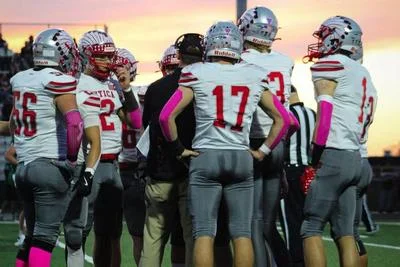Let’s talk MLB labor issues.
After a 99-day lockout, MLB and the Players finally came to agreement. The Collective Bargaining Agreement (CBA) between MLB owners and the MLB Players Association expired in December, and without a new agreement or a mutual handshake to play without a new one while still negotiating, there was no baseball, as the owners instituted a lockout. Without taking sides, the obvious results are that no one wins … and the fans lose. We win, but we lose.
The good news is there will be a full 162-game season. Opening Day moves to April 7, with lost games being made up during the season on off days and as doubleheaders. Spring training, conditioning and medical care to players had been put on hold, and March excitement to go along with March Madness had been ripped from us, the fans, but all is back in order, kind of.
Spring training games start March 17, free agency begins immediately once the CBA is ratified. Playoffs expand to 12 teams beginning this season, the National League adopts the designated hitter starting this season and the competitive balance tax will jump to $230 million from $214 million and grow to $244 million. Minimum salaries will jump from $570,500 to $700,000. Both sides established a $50 million pool for high-achieving young players not yet eligible for arbitration.
What was the delay? Both sides had valid arguments, and many of us view it as a “millionaires vs. billionaires” beef with plenty of money to go around if both sides weren’t greedy. But at the end of the day, after they held us, the fans, hostage, will the GAME and the product be better for it … for US?
As the combatants dug in, the players said they were the product. Without them, there would be no game. The owners said they manufacture the product and without them, the players would have no venue to earn.
The owners, who have seldom dealt altruistically with the players, took the position that they take all the risks and spend all the money. If a player signs a huge nine-figure contract, he gets paid fully whether he plays 1 game or 162 per year, and whether he hits .300 with 40 homeruns or .200 with five homeruns. Whether he saves nine defensive runs or costs the team 10. Whether he wins 20 games or 2 and has an ERA of 2.00 or 6.00, he gets full pay. And normally, over the last few years of seven- or nine- or 10-year contract, the player is non-productive, though in some cases, the player might be considered underpaid for those last few years compared to the newer higher scale at the end of term. The owners also say team ownership is a business and they should be able to spend as they wish or not spend to make as much profit as the business market will allow. The players say they have a small earnings clock and need to be taken care of.
After weeks of negotiating, the two sides came to terms. One subject that is still being studied with no agreement is the International Draft, with a proposal that will allow for lesser-market teams to pick up big-name foreign athletes without competing at big-buck levels. This is not good for players who would rather have a “sky’s-the-limit” money angle. But the proposed agreement would remove compensatory draft picks for signing free agents, which players said was an obstacle to free-agent signings.
Both sides want to stop teams from “tanking” to gain higher draft choices and have accepted a lottery to allocate low draft picks.
As for the competitive balance tax, players wanted the level raised a lot, as they say it acts as a salary cap. The owners say they need it to police themselves from overspending and big market teams taking unfair advantage over small market teams.
An expanded post season is in play. The owners wanted a 14-team play-off and the players conceded to 12. This may deter a team from spending extra money for a free agent or in trades for high-priced players, as mediocre teams can make the play-offs. Post season is worth as much as $100 million to the teams.
Rule changes: among the changes in the new CBA are the return of nine-inning doubleheaders, and a removal of the runner-on-second rule to start extra innings. The players opposed robot home plate umpires, yet they are the ones who argue with home plate umpires.
So baseball is back. Yay … we want our baseball. But is the game better for the delay? Little doubt that prices will go up on everything from tickets to parking to hotdogs to advertising, which may translate to higher prices to us. So, we lose again. Will the game be better? Will entertainment value and the product be better? Do we just want baseball regardless of the economics? What do YOU think? Let me know at mike.blake@mountvernonnews.com.
See you next time.







